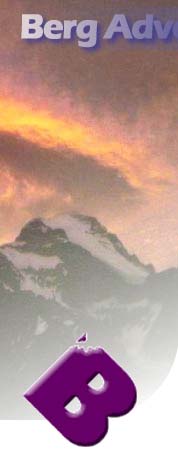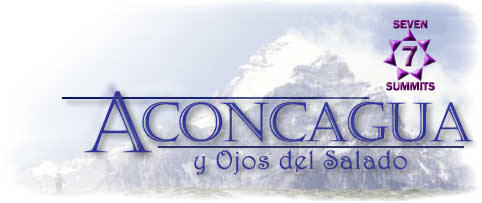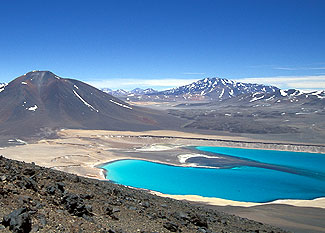 |
 |
|||||||||||||||||||
|
|
||||||||||||||||||||
 |
||||||||||||||||||||
|
January 8 - We Arrive at Laguna Verde
It’s the 8th of January and this dispatch is coming from our new camp at Laguna Verde, which is really a beautiful spot. We’re going to be here for a number of nights. We said good-bye to Santa Rosa Lake and those flamingos that were always standing in the water, on the shore near our tents.
We got out and had a lunch picnic there, sunny and quite warm even though we were over 3 000 meters, 12 000 feet. Dave Huber was the first one to have his clothes off and bathing in the water and soon more joined him. They had a really nice time there. Then we come to Laguna Verde where the group is setting up the tents right now and we’re getting settled in. I have to mention that in Denver, middle school students at The Saints Peter and Paul School are monitoring this trip closely and they have come up with a few questions. We’ll try to answer some of them and they can answer others on their own. As we go through this trip they gave these questions to Daniel. One of the things they ask about is ‘Are we using oxygen on this trip?’.
Interestingly enough, right here where we are now and all the way up no matter how high you go in the atmosphere there’s the same amount of oxygen in the air, 21.4%. The problem is as you move higher there’s lower air pressure and it’s more difficult for your body to absorb and use the oxygen, get it transported to the cells where it can be used. That’s the whole problem with climbing at altitude and why sometimes you here about climbers on Everest and elsewhere using supplemental bottled oxygen. We have supplemental bottled oxygen along on this trip, but it’s only for emergencies. We would only use it if someone were in really bad shape and then we would only use it to take them down and make sure they stayed well and send them to where’s it’s [higher] air pressure. So that’s how we use oxygen. We use the oxygen in the atmosphere, it takes our bodies a time to adapt to the lower air pressure and for emergencies we have oxygen in bottles, but we won’t be putting oxygen masks on and using it as an aid to climb to the top of Ojos del Salado. |
||||||||||||||||||||
|
|
||||||||||||||||||||
 We had a slow but enjoyable drive across the desert we stopped a few times, in particular we stopped at one remarkable sight. We actually had a stream flowing with quite a lot of water cascading in spots. There were small waterfalls, this was against the dark, brown and dusty landscape of the desert, so it really looking refreshing.
We had a slow but enjoyable drive across the desert we stopped a few times, in particular we stopped at one remarkable sight. We actually had a stream flowing with quite a lot of water cascading in spots. There were small waterfalls, this was against the dark, brown and dusty landscape of the desert, so it really looking refreshing. Now here we are all of a sudden at 15 100 feet tonight so we’re definitely feeling the altitude, and as you know we are going to climb a lot higher, almost 23 000 feet on this trip. And yes we are using oxygen, in the sense that we’re breathing air in the atmosphere. We need oxygen for our bodies to function, just as we do at sea level.
Now here we are all of a sudden at 15 100 feet tonight so we’re definitely feeling the altitude, and as you know we are going to climb a lot higher, almost 23 000 feet on this trip. And yes we are using oxygen, in the sense that we’re breathing air in the atmosphere. We need oxygen for our bodies to function, just as we do at sea level.